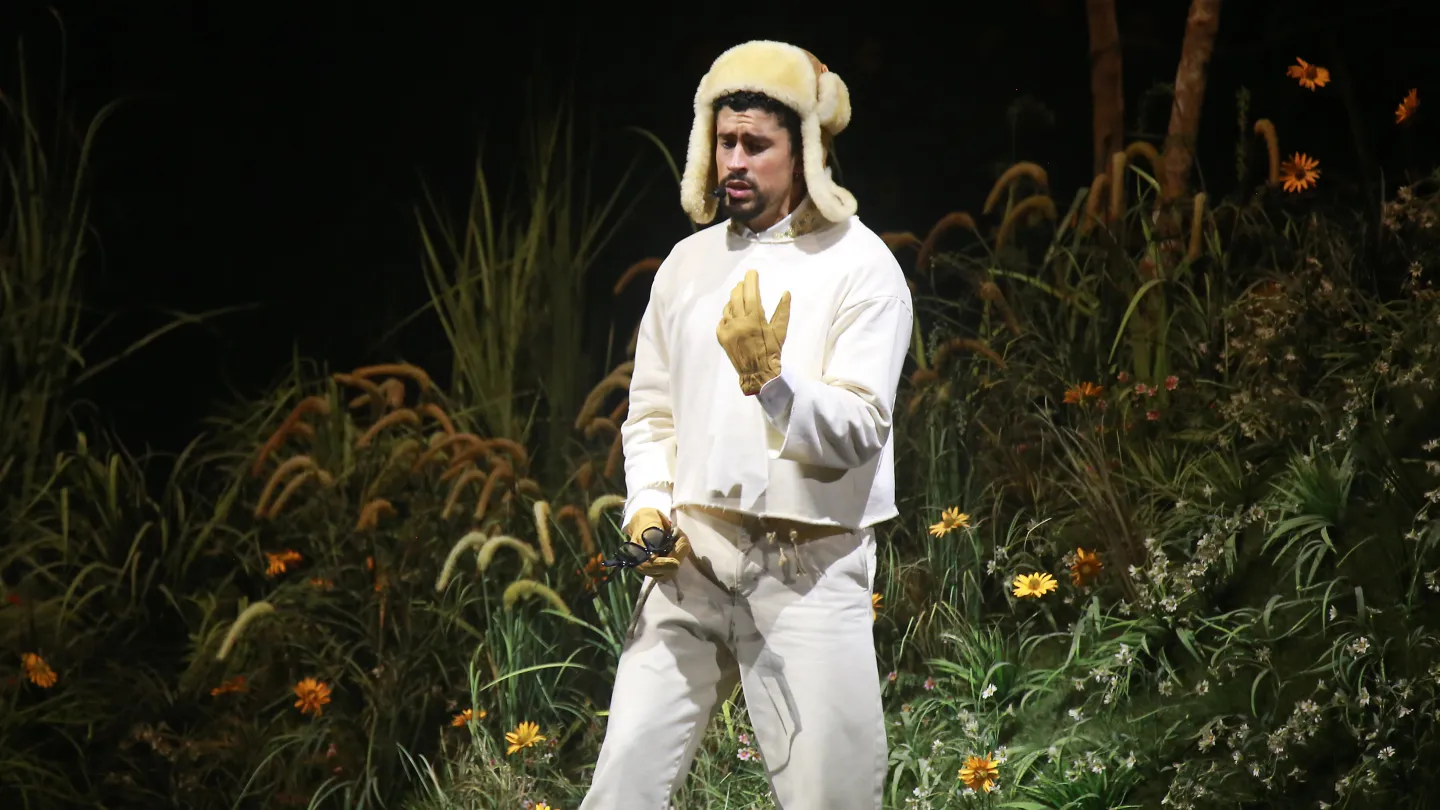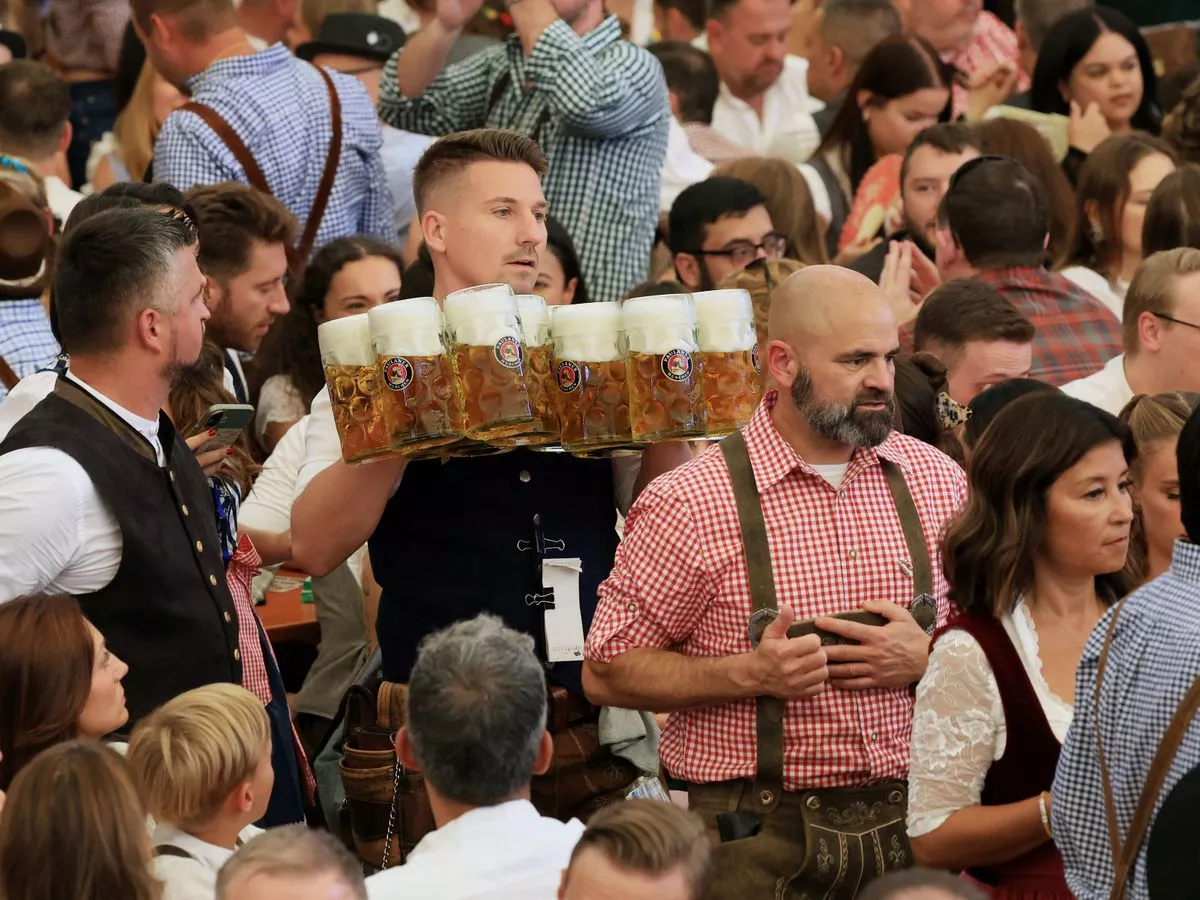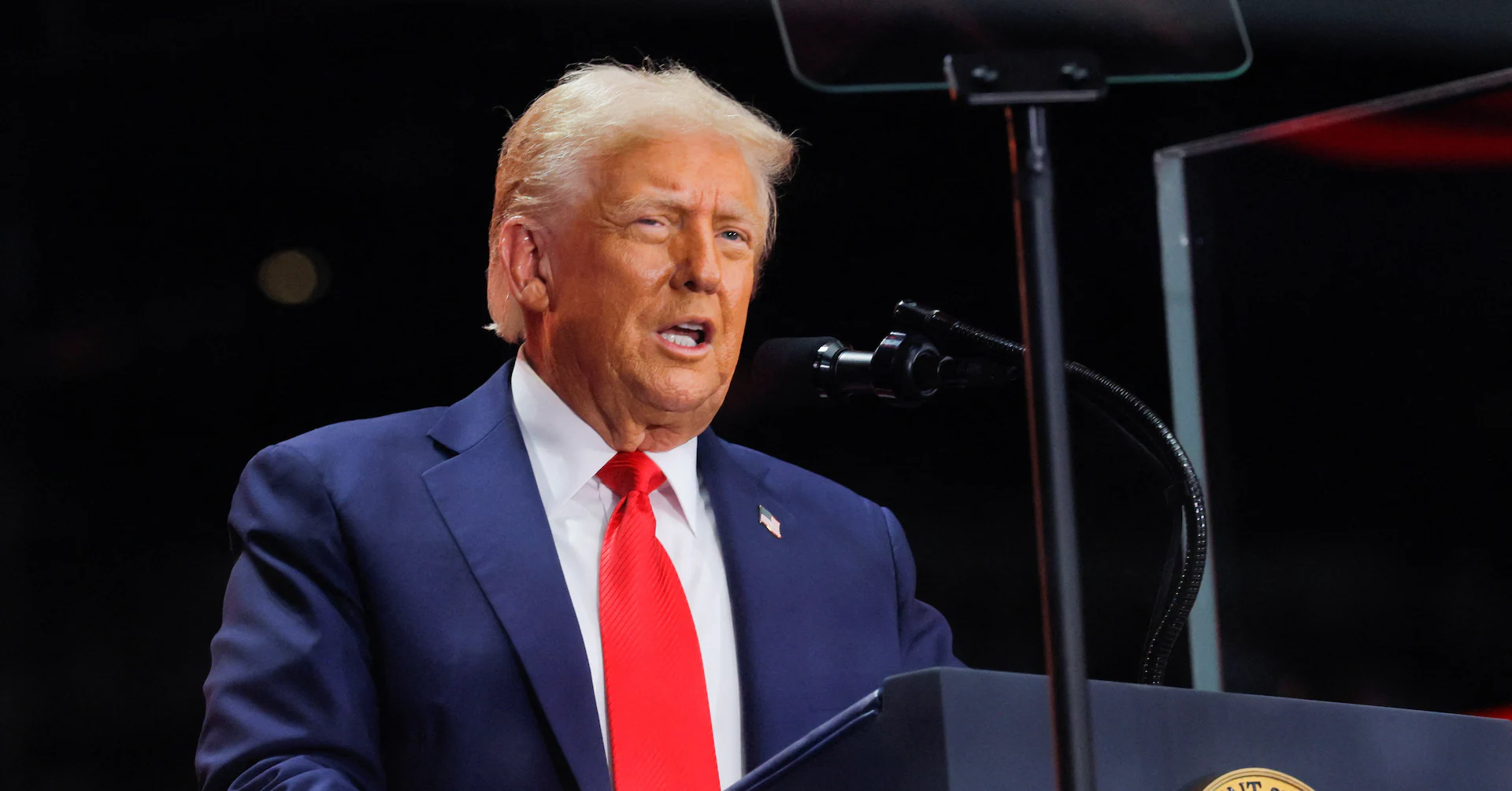
With Bad Bunny’s 2026 Super Bowl LX Halftime Show announcement, once more, all eyes are on Puerto Rican culture, and that’s what Benito Antonio Martinez Ocasio wants.
Coming off a historic residency, and with his world tour set to kick off on Nov. 21, one question feels inevitable leading up to February’s performance: how many Puerto Rican nods — and by extension, how much Latino representation — will make it onto the biggest stage in the country? One thing is certain: there will be plenty of it.
Based on his residency, there are boricua elements, almost like cheat codes, that will likely be snuck into the performance.
When it comes to his productions, Bad Bunny’s team says he usually knows exactly what he wants. Their job is to bring the artist’s vision to life, turning what’s in his imagination into reality.
“For everything, he has a plan, and we all tend to think he is crazy, and at the end of the day when it’s materialized, we all realize it makes complete sense,” says Sigfredo Bellaflores, who has been working with Bad Bunny as his audiovisual producer since 2019, working on music videos for hits such as “El apagón,” “Baile inolvidable” and “Weltita.” “For the residency, he already had everything in his mind of what he wanted. Every single detail.”
Bad Bunny’s lyrics are poetic about Puerto Rico, filled with references that often only Puerto Ricans can truly grasp.
From the coqui frog, the cabezudos and vejigantes, the pava (a jíbaro hat), to rhythms beyond reggaetón like bomba, plena, salsa and perreo, his music paints a vivid picture of the island. He evokes its countryside, beaches, mountains, plantain trees, and even its myths, such as El Pozo de Jacinto. The ever-present Sapo Concho (the Puerto Rican crested toad) and the now world-renowned marquesina parties further root his songs in the island’s identity.
His work also touches on nostalgia — an underlying concern that what Puerto Ricans are today could be lost tomorrow, as gentrification and an influx of outsiders threatens to erase parts of the culture. Debí Tirar Más Fotos, the title of his latest album, is a reminder to appreciate the present before it disappears. His residency echoed that same sentiment: the desire to never leave behind a time and place so deeply tied to the culture that defines them.
While the story will be told differently, many of them could likely be a part of the messaging in the Super Bowl Halftime Show. The announcement that he would be headlining caught many by surprise and sparked criticism from others. El Conejo Malo had shared that he would not be adding any U.S. stops to his world tour, citing his concern for fans being targeted by ICE.
“There was the issue of — like, fucking ICE could be outside [my concert]. And it’s something that we were talking about and very concerned about,” he said in an interview with i-D Magazine in September.
He has always been unapologetically proud when criticizing the government as well as President Trump.
In the 2020 release of his song “Compositor del Año,” he makes mention of the gun violence and racism in the United States, while calling the president a “mamabicho” — which translates to d*ck sucker — who “does nothing about it.”
It makes sense that, though he is choosing not to bring his tour to the United States, he is opting to use the biggest stage in the world with the largest audience. This will make it loud and clear where he stands socially and politically.
There’s no Bad Bunny show without culture and politics
While Bad Bunny has long been intentional about incorporating Puerto Rican culture into his performances — like his January 2025 appearance on The Tonight Show Starring Jimmy Fallon and his 2023 Grammys performance — it wasn’t until early 2025, with the release of his latest album and the announcement of his residency on the island, that he truly elevated the celebration of Boricua culture to a new level. With the January release of Debí Tirar Más Fotos, his message of pride has been louder than ever.
That sets the expectation that his Super Bowl halftime show will follow the same path.
Shortly after the release of Debí Tirar Más Fotos, his seventh studio album, Bunny announced the kick-off of No me quiero ir de Aquí (I don’t want to leave), a 30-date residency beginning in July, running every weekend through mid-September.
Fans of the artist flocked to the island to experience what was promised to be a once-in-a-lifetime happening. They inevitably took a deep dive into Boricua culture and pride while uncovering the “code words” and phrases that Benito uses in his music, which only a Boricua would understand.
El Coliseo de Puerto Rico was transformed into the perfect stage to tell the story of the Puerto Rican people, as depicted in the short film Debí Tirar Más Fotos. The production featured two distinct stages that took five months to build: a mountain-inspired main stage representing the countryside, with a ceiba tree — the official tree of Puerto Rico — on one end, plantain fields on the other and the iconic plastic chairs among the plantain trees, known as platanera; and a countryside house that became popularly known as “la casita.” The show was divided into three acts: Acts one and three took place on the “montaña,” while Act two unfolded in “la casita.”
Is the residency a blueprint for the halftime show?
The show was carefully crafted by Bad Bunny alongside his team of producers, set designers and promoters — all of whom are Puerto Rican.
Alejandro Pabón, managing director and partner at Puerto Rican concert promoter Move Concerts, which promoted Bad Bunny’s residency, says the shows were always about feeling at home and putting the island, its culture and its many struggles over the years at the center of the story.
“It was about obviously what his album meant to him and the message he put across, but also we thought about how he wanted to transmit that on a live show as an experience around Puerto Rico,” Pabón says.
With No Me Quiero Ir de Aquí, tourism on the island soared. A total of 447,700 tickets were sold, and the influx of Bad Bunny fans brought an economic boost of over $200 million to Puerto Rico.
With the Super Bowl just five months away and only 13 minutes to showcase his Puerto Rican pride on the world’s biggest stage, America and the world will experience a fragment of what Bad Bunny’s residency and tour have portrayed. While many details remain under wraps, one thing is clear: Latino pride and unapologetic political statements will have a prominent place in the show.
Phil Rodriguez, Move Concerts CEO, says that in his 45 years of experience, he has never seen anything as impactful.
“To me, it’s full respect, and they’re just pushing this for the next generation a little further,” Rodriguez says. “He always did things on his own terms in a different way, and I think all the greats have done that. I would say we stand on the shoulders of giants. Whoever came before us opened doors one way or another, whether it was Tito Puente, Carlos Santana, Miami Sound Machine, or Ricky Martin. But [Bad Bunny] is taking it to another level.”



